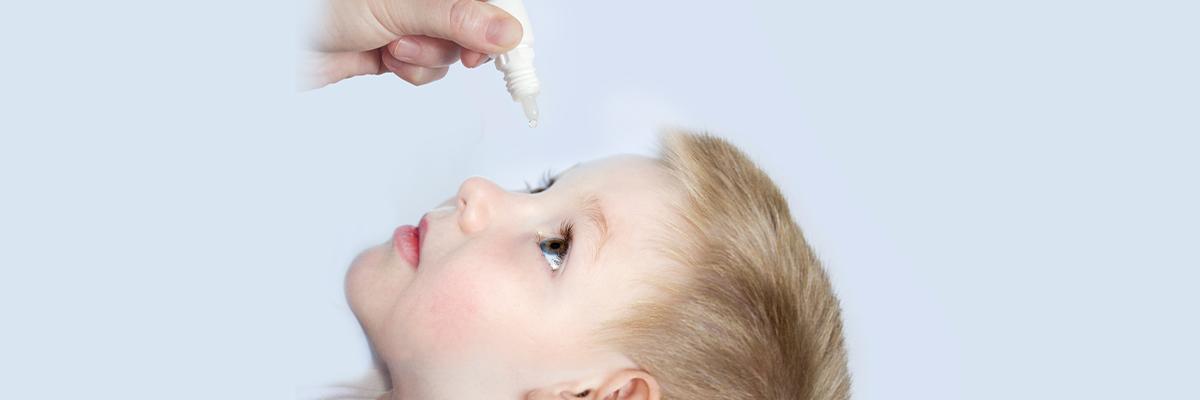You are now being directed to a third party website. Please note that this website is for convenience of the user. spectacularkids is not collecting, storing, or accessing any personal data of the user, and all the information collected, stored, and accessed herein is with the third party https://myeyedoctor.in/ website. You expressly consent to share all your details with https://myeyedoctor.in/

The prevalence of Myopia or nearsightedness is increasing globally and is estimated to affect half the global population by 2050.1 The complications of Myopia are associated with huge economic and social cost.2 Myopia is found to develop in childhood and adolescent and stabilizes between the age of 20 to 40 years.3 Once diagnosed of myopia the rate of progression is estimated to vary from -1D to -0.5D per year. After few years these children will reach high myopia hence intervention must be made to prevent myopia is of utmost importance.2
Genetic and lifestyle factors like less outdoor time, low exposure to sunlight, increased screen time are responsible for the surge.
Thought there is no cure to myopia the aim of various treatment modalities available is to slow down the progression and correct the refractive errors. Some of the well-known treatment modalities are spectacles, contact lenses, refractive surgery etc. A well known drug is also emerging as a treatment option to slow down the progression of myopia which is ‘Atropine’.
Atropine has been used in the field of medicine since long. In ophthalmology, Atropine drops are commonly used to dilate the pupil to examine the eye, before and after eye surgery and also to treat various eye conditions.3
For these purposes concentration of atropine used is of 1%.
The first use of atropine for the treatment of myopia goes back in nineteenth century by Wells.4
Initially to slow down the progression of myopia the same concentration of atropine eye drops was used in various trial carried out in children. The concentration was effective in controlling myopia progression but carried potential side effects like increased sensitivity to light, and blurred near vision and some potential long term side effects. Many studies were conducted across the globe to find out the concentration of atropine having same efficacy, minimal side effects and safe to use in children. A well known study published in 2016, compared 0.01%, 0.1% and 0.5% atropine for childhood myopia control, and found that 0.01% worked effectively to control progression of myopia with far less side effects and can be used safely in children as early as 4 years of age .5
As of today, atropine is the only medication that has found to be consistently effective in slowing progression of myopia.2
A recently published study conducted in China suggest that atropine, 0.01%, eyedrops can slowmyopia progression and axial elongation in children.6
When to start atropine treatment?
Before starting the actual treatment, the aim, procedure, potential side-effects, duration of treatment and success criteria should be discussed in detailed. The course of the treatment is usually expected to be of minimum 2 years after which regular assessment should be done until adolescent. Along with this treatment child should be encouraged to play outdoor activities. Age of the child,baseline refractive error, any evidence of recent progression, and parental history of refractive errors determine the progression assessment. Every 3 months of follow up is recommended.2
Assessment after starting atropine treatment – even though atropine eye drops treatment has started child should were his or her regular glasses prescribed for myopia. Children who experience near-blurred symptom can be offered bifocal or multi-focal glasses. To prevent symptoms of photophobia during outdoor activities use of hat and sunglasses is recommended while on treatment of atropine. Side effects like dry eye, allergic conjunctivitis, flushing, headache heart and urinary symptoms should be checked in follow up visits along with thorough examination of the eyes.2
Safety of atropine in children- Parents should pay special attention when their child is prescribed atropine eye drops. Though atropine eye drops to control myopia have very low concentration of atropine it possesses potential toxic effects if taken by mouth. So if child drinks the bottle of eye drops it could lead to serious effects of atropine toxicity. Hence atropine should be securely stored keeping away from the reach of children. If you suspect you’re your child has swallowed atropine seek medical advice and treatment immediately.2,5
Finally, again it is important to note that atropine can slow down the progression and not the permanent cure of myopia.